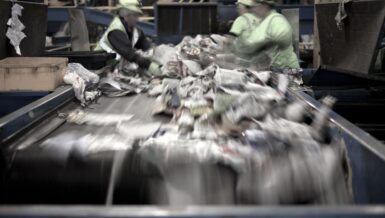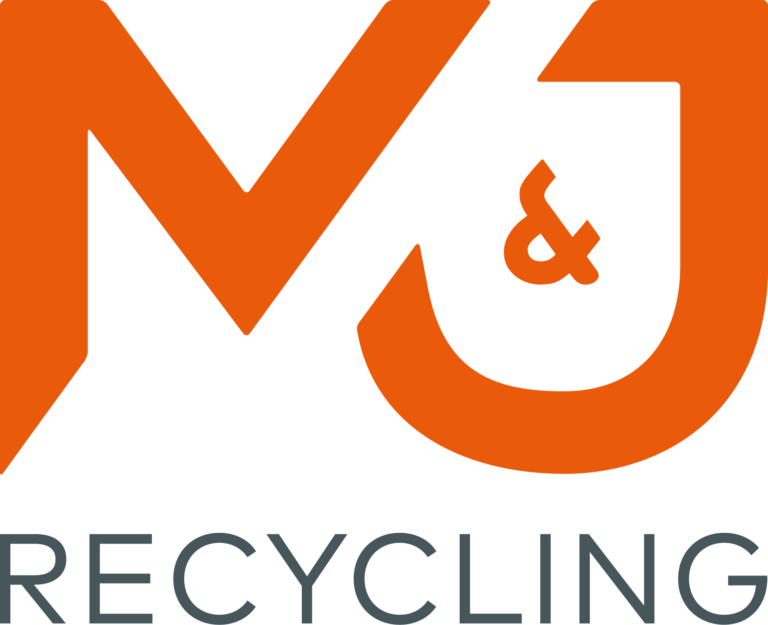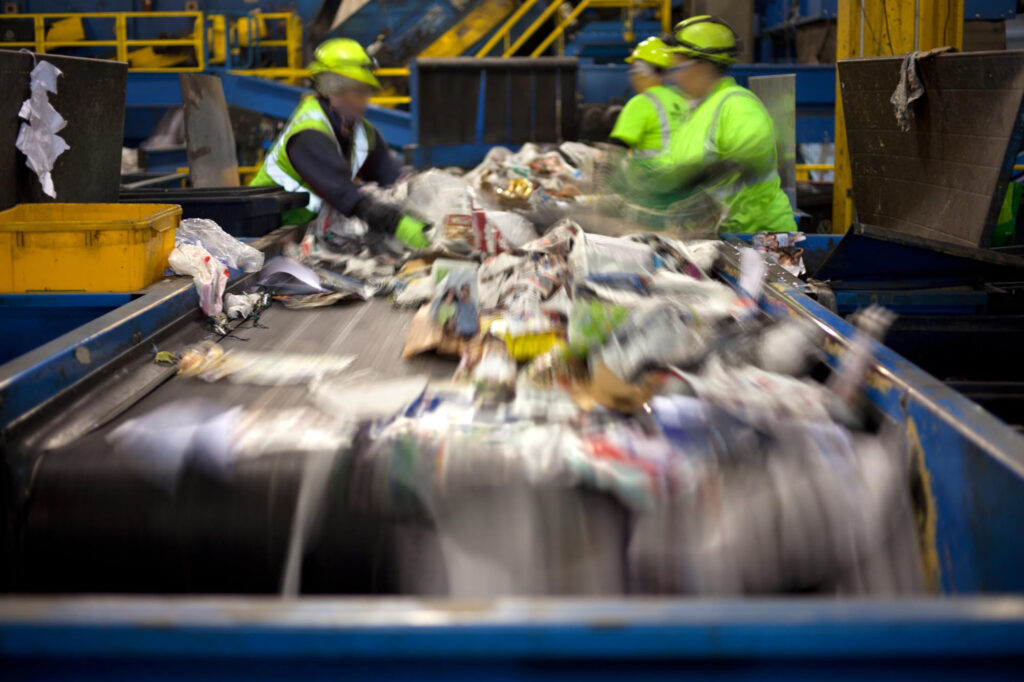The Law 7/2022 of Circular Economy requires manufacturers to take responsibility for their products at the end of their lifecycle, with a three-year deadline for compliance starting in April 2025. Additionally, the upcoming Waste Framework Directive mandates separate collection of textile wastes by January 1, 2025. This legislation, coupled with growing public awareness of the industry’s environmental impact, compels footwear brands to meet the increasingly eco-conscious expectations of consumers.

Recycling footwear is not a straightforward task. Shoes are made from a variety of materials such as leather, rubber, plastic, fabric, fiber, and wood. This diversity makes recycling challenging once the shoes reach the end of their useful life. It is estimated that 15% of footwear can be repaired and reused, while 75% could be recycled to obtain raw materials for manufacturing new products. However, only 20% of the materials used in shoe production are currently recycled.
The recycling process involves classifying footwear by condition and material type. Components like soles, uppers, insoles, and laces must first be dismantled to separate reusable parts. Materials—leather, rubber, textiles, fibers, plastics—are then segregated. All these materials are recyclable and valuable for creating new components that can be used to manufacture various products, including new footwear.
In line with the principles of the Circular Economy, the footwear industry now has access to cutting-edge technological solutions designed to maximize reuse of shoe components at the end of their life cycle, thus preventing 90% of waste from ending up in landfills. One such solution is the ECOFLAKE system offered by PICVISA.
This technology utilizes advanced small particle sorting, employing high-resolution RGB cameras, state-of-the-art NIR technology, and an innovative belt feeding system. This setup allows for the separation of different types of materials and colors with exceptional separation ratios and purity levels above 90%. ECOFLAKE systems are also equipped with the latest LED lighting, achieving a high color rendering index (CRI90), and come with an internet VPN connection for secure remote access, adjustments, and maintenance. The system also includes a programmable automatic cleaning feature.
Recycling is a key activity in making fashion more sustainable. Even though individual efforts might seem small, recycling our footwear can make a significant contribution to environmental preservation. During this process, technologies like PICVISA’s are invaluable allies, helping to transform old shoes into new materials and supporting the planet. As we move forward, embracing these innovations and adhering to new regulations will be crucial for the footwear industry to reduce its environmental footprint and foster a more sustainable future.

























